Remember The Women Who Made #Apollo50th Possible
Remember the Women Who Made #Apollo50th Possible
As the world celebrates the 50th anniversary of the historic Moon landing, we remember some of the women whose hard work and ingenuity made it possible. The women featured here represent just a small fraction of the enormous contributions made by women during the Apollo era.
Margaret Hamilton, Computer Programmer

Margaret Hamilton led the team that developed the building blocks of software engineering — a term that she coined herself. Her systems approach to the Apollo software development and insistence on rigorous testing was critical to the success of Apollo. In fact, the Apollo guidance software was so robust that no software bugs were found on any crewed Apollo missions, and it was adapted for use in Skylab, the Space Shuttle and the first digital fly-by-wire systems in aircraft.
In this photo, Hamilton stands next to a stack of Apollo Guidance Computer source code. As she noted, “There was no second chance. We all knew that.”
Katherine Johnson, Aerospace Technologist

As a very young girl, Katherine Johnson loved to count things. She counted everything, from the number of steps she took to get to the road to the number of forks and plates she washed when doing the dishes.
As an adult, Johnson became a “human computer” for the National Advisory Committee for Aeronautics, which in 1958, became NASA. Her calculations were crucial to syncing Apollo’s Lunar Lander with the Moon-orbiting Command and Service Module. “I went to work every day for 33 years happy. Never did I get up and say I don’t want to go to work.“
Judy Sullivan, Biomedical Engineer

This fabulous flip belongs to biomedical engineer Judy Sullivan, who monitored the vital signs of the Apollo 11 astronauts throughout their spaceflight training via small sensors attached to their bodies. On July 16, 1969, she was the only woman in the suit lab as the team helped Neil Armstrong suit up for launch.
Sullivan appeared on the game show “To Tell the Truth,” in which a celebrity panel had to guess which of the female contestants was a biomedical engineer. Her choice to wear a short, ruffled skirt stumped everyone and won her a $500 prize. In this photo, Sullivan monitors a console during a training exercise for the first lunar landing mission.
Billie Robertson, Mathematician

Billie Robertson, pictured here in 1972 running a real-time go-no-go simulation for the Apollo 17 mission, originally intended to become a math teacher. Instead, she worked with the Army Ballistic Missile Agency, which later became rolled into NASA. She created the manual for running computer models that were used to simulate launches for the Apollo, Skylab and Apollo Soyuz Test Project programs.
Robertson regularly visited local schools over the course of her career, empowering young women to pursue careers in STEM and aerospace.
Mary Jackson, Aeronautical Engineer

In 1958, Mary Jackson became NASA’s first African-American female engineer. Her engineering specialty was the extremely complex field of boundary layer effects on aerospace vehicles at supersonic speeds.
In the 1970s, Jackson helped the students at Hampton’s King Street Community center build their own wind tunnel and use it to conduct experiments. “We have to do something like this to get them interested in science,” she said for the local newspaper. “Sometimes they are not aware of the number of black scientists, and don’t even know of the career opportunities until it is too late.”
Ethel Heinecke Bauer, Aerospace Engineer

After watching the launch of Sputnik in October 1957, Ethel Heinecke Bauer changed her major to mathematics. Over her 32 years at NASA, she worked at two different centers in mathematics, aerospace engineering, development and more.
Bauer planned the lunar trajectories for the Apollo program including the ‘free return’ trajectory which allowed for a safe return in the event of a systems failure — a trajectory used on Apollo 13, as well as the first three Apollo flights to the Moon. In the above photo, Bauer works on trajectories with the help of an orbital model.
Follow Women@NASA for more stories like this one, and make sure to follow us on Tumblr for your regular dose of space: http://nasa.tumblr.com.
More Posts from Calamansis and Others










宣言開けても天気も仕事も無愛想で
なかなか出かけさせてくれない。
なので写真の整理してたら沸々と旅欲が…
あぁ旅したいなぁ…蔵出し回です。
tag yourself
flower dew - gentle blush, soft sweaters, pastel coffee mug, studio ghibli, vintage mirrors, swans on a lake, collecting little mementos from adventures and golden days, bubble tea and washi tape
forest snow - the smell of books, handstitched scarves and winter coats, passion for knowledge, gentle soul, always thinking about challenging questions, more introverted than they seem
misty dawns - feeling lost but going with the motions, dreams of becoming their best self but don’t know how, finding new places to escape from reality, lives for the small things, oversized jumpers
rainy evenings - soft radios, watching blurred outlines of people from a rain spilled window, lying in bed thinking about everything and nothing, loneliness but also somewhat content in isolation
sunset breezes - eating fruits on the balcony, living by the ocean, roses in their hair, hopeless romantic, collector of pretty words and thoughts, rose-coloured glasses and soft ripples on the water
daisy fields - alternative music, sunflower paintings, drawing flowers on someone’s arm, striped socks, peaches and granola, fuzzy sweaters, embroidered roses, glitter on their skin, scribbles in notebooks
storm clouds - evening drives, walking alone, living for the thrill, 2am calls, leather jackets, listening to the same song on repeat because it brings someone closer to you, soft heart full of love but a bit broken

warm is the earth where his body once layed
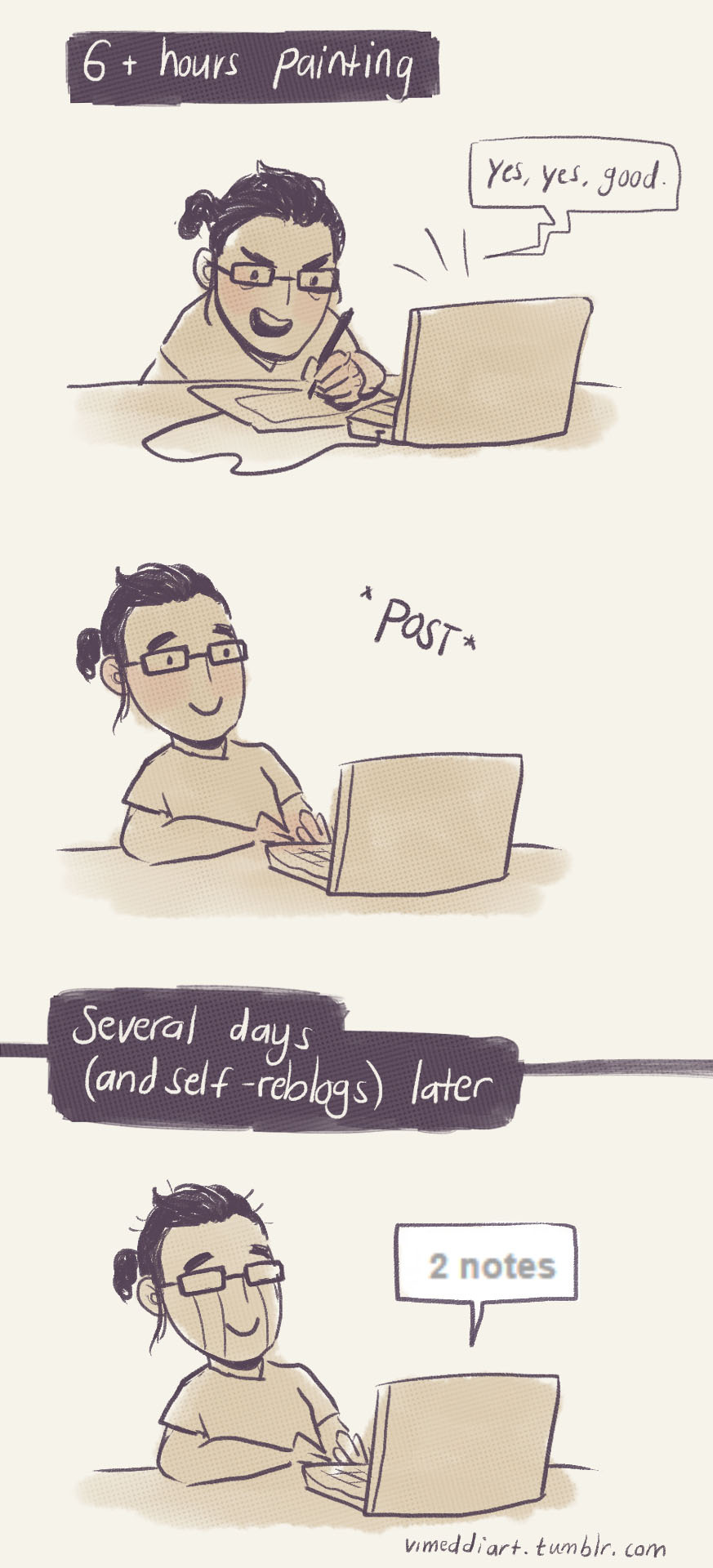
*goes to bed for five years*
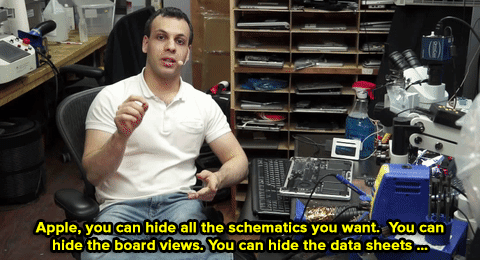
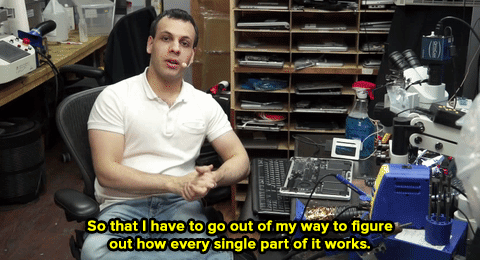
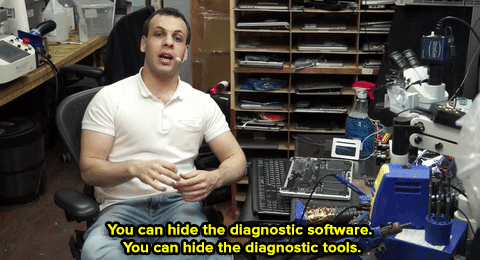

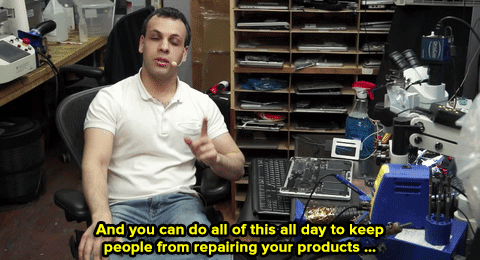
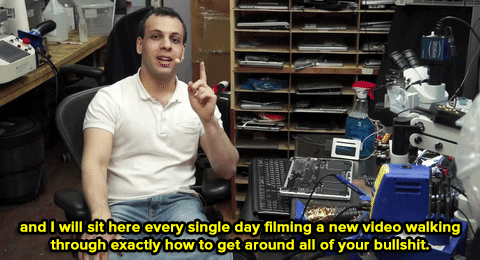
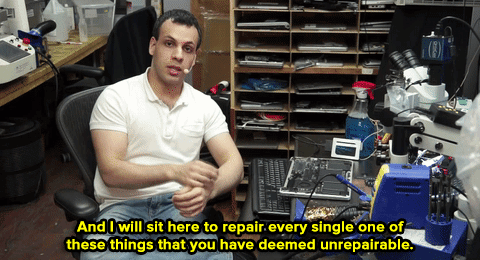
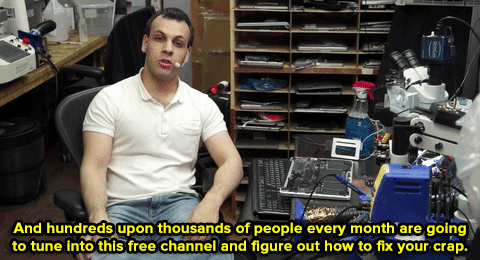
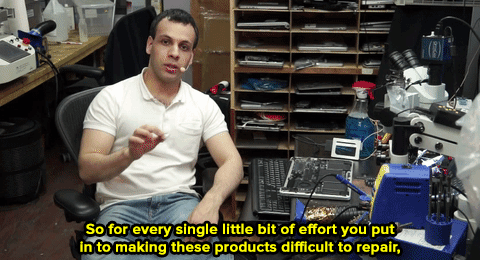
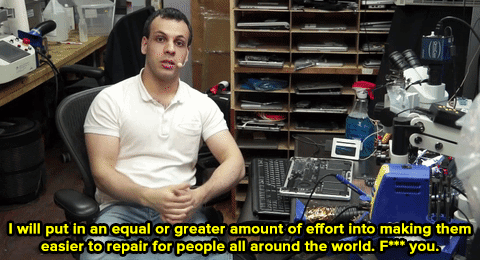
That’s Louis Rossman, a repair technician and YouTuber, who went viral recently for railing against Apple. Apple purposely charges a lot for repairs and you either have to pay up or buy a new device. That’s because Apple withholds necessary tools and information from outside repair shops. And to think, we were just so close to change.
Follow @the-future-now
Researchers unveil oldest evidence of human activity in African desert cave

Few sites in the world preserve a continuous archaeological record spanning millions of years. Wonderwerk Cave, located in South Africa’s Kalahari Desert, is one of those rare sites. Meaning “miracle” in Afrikaans, Wonderwerk Cave has been identified as potentially the earliest cave occupation in the world and the site of some of the earliest indications of fire use and tool making among prehistoric humans.
New research published in Quaternary Science Reviews, led by a team of geologists and archaeologists from the Hebrew University of Jerusalem (HU) and the University of Toronto, confirms the record-breaking date of this spectacular site. “We can now say with confidence that our human ancestors were making simple Oldowan stone tools inside the Wonderwerk Cave 1.8 million years ago. Wonderwerk is unique among ancient Oldowan sites, a tool-type first found 2.6 million years ago in East Africa, precisely because it is a cave and not an open-air occurrence,” explained lead author Professor Ron Shaar at HU’s Institute of Earth Sciences. Read more.
This vein visualization technology uses near-infrared light, which is absorbed by blood but reflected by the surrounding tissue, to locate veins up to 15mm deep, and then projects the results back on the skin | source
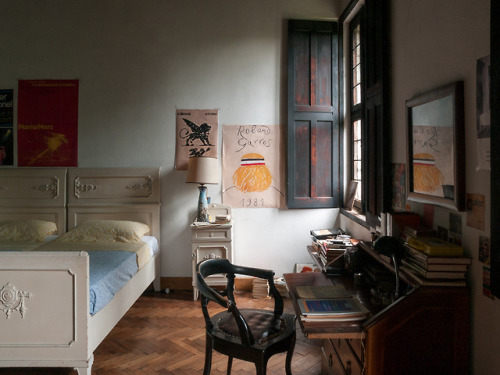




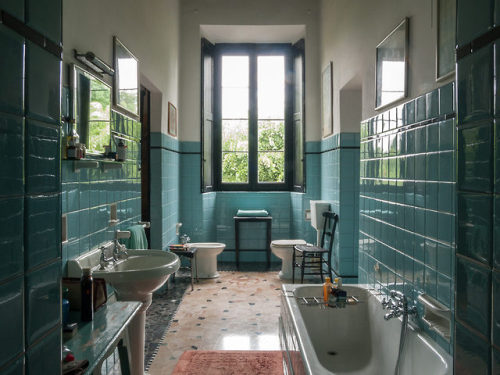




Somewhere in northern Italy
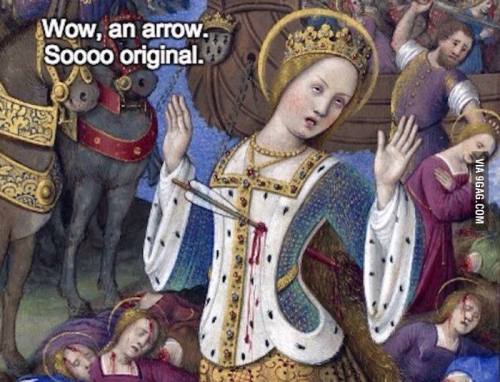
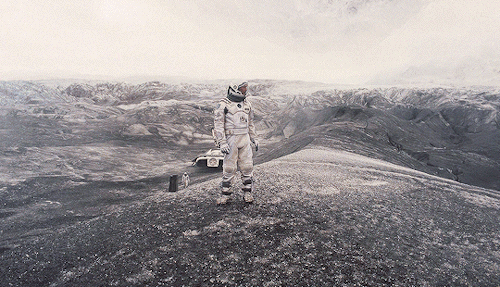
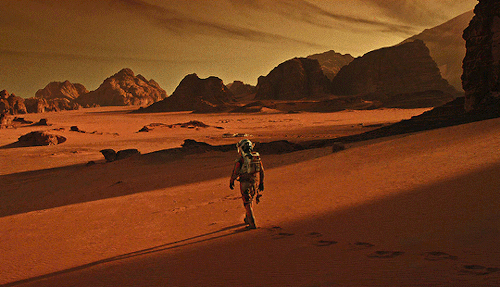
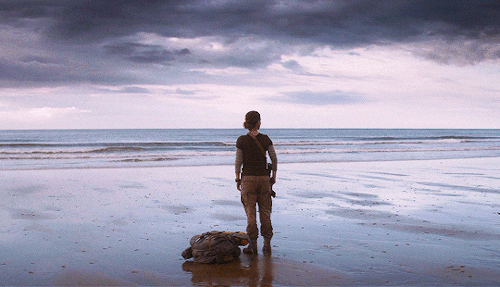
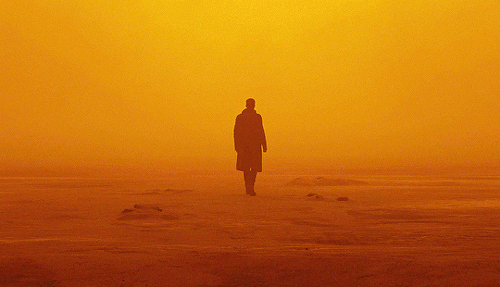
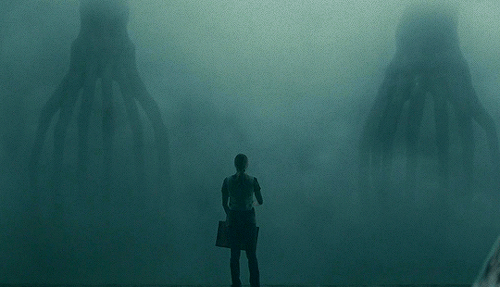
The Loneliness of Science Fiction
Interstellar (2014, dir. Christopher Nolan)
The Martian (2015, dir. Ridley Scott)
Annihilation (2018, dir. Alex Garland)
Blade Runner 2049 (2017, dir. Denis Villeneuve)
Arrival (2016, dir. Denis Villeneuve)
-
 sonicjaxx reblogged this · 2 months ago
sonicjaxx reblogged this · 2 months ago -
 sonicjaxx liked this · 2 months ago
sonicjaxx liked this · 2 months ago -
 quantumd0t reblogged this · 9 months ago
quantumd0t reblogged this · 9 months ago -
 quantumd0t liked this · 9 months ago
quantumd0t liked this · 9 months ago -
 deviruo liked this · 9 months ago
deviruo liked this · 9 months ago -
 barbarosa36 liked this · 10 months ago
barbarosa36 liked this · 10 months ago -
 thegoldenboyjayce reblogged this · 10 months ago
thegoldenboyjayce reblogged this · 10 months ago -
 thegoldenboyjayce liked this · 10 months ago
thegoldenboyjayce liked this · 10 months ago -
 aloneinthebigempty reblogged this · 10 months ago
aloneinthebigempty reblogged this · 10 months ago -
 birdyaviary reblogged this · 10 months ago
birdyaviary reblogged this · 10 months ago -
 ritterschaf reblogged this · 10 months ago
ritterschaf reblogged this · 10 months ago -
 takeagiantstep23 reblogged this · 10 months ago
takeagiantstep23 reblogged this · 10 months ago -
 takeagiantstep23 liked this · 10 months ago
takeagiantstep23 liked this · 10 months ago -
 sebrem77 liked this · 10 months ago
sebrem77 liked this · 10 months ago -
 phlebasphoenician liked this · 10 months ago
phlebasphoenician liked this · 10 months ago -
 plasma333 liked this · 1 year ago
plasma333 liked this · 1 year ago -
 asticofou liked this · 1 year ago
asticofou liked this · 1 year ago -
 pinkpeacenacho reblogged this · 1 year ago
pinkpeacenacho reblogged this · 1 year ago -
 ruby-seadragon liked this · 1 year ago
ruby-seadragon liked this · 1 year ago -
 peyman-akbari liked this · 1 year ago
peyman-akbari liked this · 1 year ago -
 ccl-1122 liked this · 1 year ago
ccl-1122 liked this · 1 year ago -
 skubri30 liked this · 1 year ago
skubri30 liked this · 1 year ago -
 mirex43 reblogged this · 1 year ago
mirex43 reblogged this · 1 year ago -
 mirex43 liked this · 1 year ago
mirex43 liked this · 1 year ago -
 lifeinredshades liked this · 1 year ago
lifeinredshades liked this · 1 year ago -
 niyrodcaifuco liked this · 1 year ago
niyrodcaifuco liked this · 1 year ago -
 methylphenidate72mg reblogged this · 1 year ago
methylphenidate72mg reblogged this · 1 year ago -
 miiju86 liked this · 1 year ago
miiju86 liked this · 1 year ago -
 womenaremypriority reblogged this · 1 year ago
womenaremypriority reblogged this · 1 year ago -
 womenaremypriority liked this · 1 year ago
womenaremypriority liked this · 1 year ago -
 avagtuolofdo liked this · 1 year ago
avagtuolofdo liked this · 1 year ago -
 goldencloud reblogged this · 1 year ago
goldencloud reblogged this · 1 year ago -
 goldencloud liked this · 1 year ago
goldencloud liked this · 1 year ago -
 onceuponatmi reblogged this · 1 year ago
onceuponatmi reblogged this · 1 year ago -
 superbookdragon liked this · 1 year ago
superbookdragon liked this · 1 year ago -
 knucklechuffed reblogged this · 1 year ago
knucklechuffed reblogged this · 1 year ago -
 sporadiczombielight liked this · 1 year ago
sporadiczombielight liked this · 1 year ago -
 jimbdesign liked this · 1 year ago
jimbdesign liked this · 1 year ago -
 askthedragonprinceviren reblogged this · 1 year ago
askthedragonprinceviren reblogged this · 1 year ago -
 easterlingwanderer liked this · 1 year ago
easterlingwanderer liked this · 1 year ago -
 quidnuncian liked this · 1 year ago
quidnuncian liked this · 1 year ago
